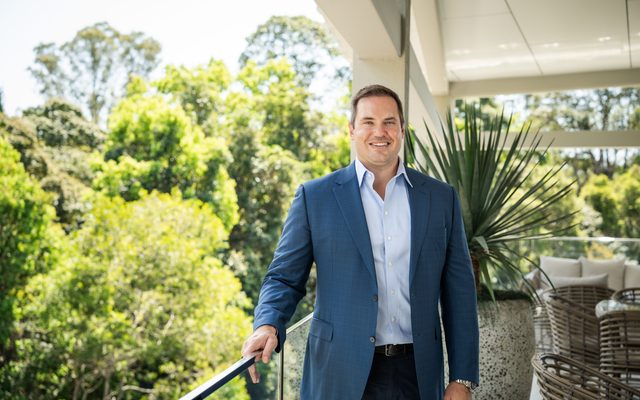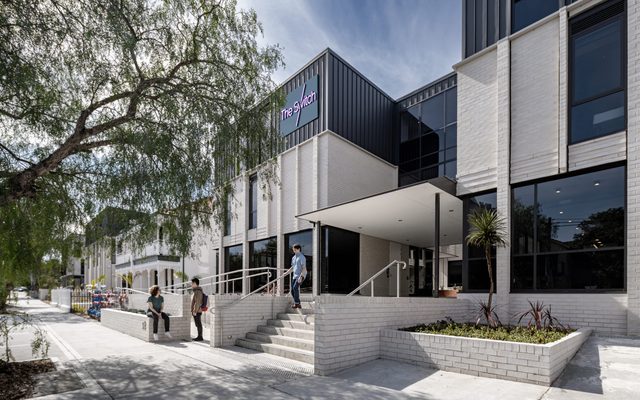This article is from the Australian Property Journal archive
ESTIA has called for a restructuring in aged care funding to ensure the sector’s ability to deliver high quality services, as Australia’s population gets older and puts more pressure on demand for facilities.
The aged care operator’s annual net profit after tax was steady at $41.3 million, while EBITDA lifted 4.3% to $94.0 million and revenue by 7.1% to $586 million.
Chief executive officer Ian Thorley said there is “no doubt that this has been one of the most challenging periods for the aged care sector”, following a royal commission that shrouded the sector in negative sentiment, and the introduction of new quality standards.
“While funding is not keeping pace with rising operating costs and the need to continually improve resident care, we continue to increase revenue through ongoing refurbishments and measured, well-executed growth in response to growing community demand,” Thorley said.
EHE invested $93.8 million of capital in expanding and enhancing its portfolio during the year, its largest allocation since listing in 2014. This included a new 110-bed home at Southport that opened in May, and a 126-bed home at Maroochydore that opens next week.
Amid occupancy declines in the sector, EHE achieved an average occupancy during the year of 93.6%, with an up-tick post year-end to 94.1%.
Net RAD inflows in the period were $14.6 million and have been influenced by the continuation of trends emerging that emerged the previous year, with lower sector-wide RAD preferences and a higher level of concessional residents.
“The strength of our balance sheet allows us to invest in the future to secure sustainable growth through, construction of new homes and redevelopment of existing homes to contemporary standards to meet the growing demand for residential aged care generated by Australia’s ageing population while also ensuring we have the capacity to manage changing resident payment preferences,” Thorley said.
Thorley said the group is well prepared for the introduction of the new quality standards, and that the group strongly supported the recommendations in the Aged Care Financing Authority submission to the royal commission in April that highlighted the “need for significant structural reform in residential aged care funding to ensure a sustainable sector to meet Australia’s changing demographics and aged care needs”.
“Estia is strongly supportive of further reform and implementation of key recommendations from multiple recent reviews in the sector designed to deliver a sustainable, high quality aged care sector which meets society’s expectations of care with what it is willing and able to pay. The timeliness of reform becomes more pressing as sector financial performance continues to decline.”
Law firm Phi Finney McDonald filed class action proceedings in the Federal Court against Estia last month, alleging the group breached its market disclosure obligations in 2015 and 2016. They are representing shareholders who either acquired an interest in Estia shares or acquired long exposure to Estia shares by entering into equity swap confirmations in respect of Estia shares.
The years 2015 and 2016 were a tumultuous period for Estia Health, which saw the resignations of several key executives including the CEO Paul Gregerson and its founder Peter Arvanitis.




